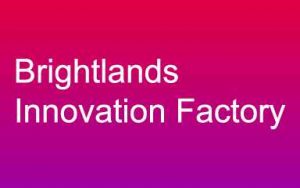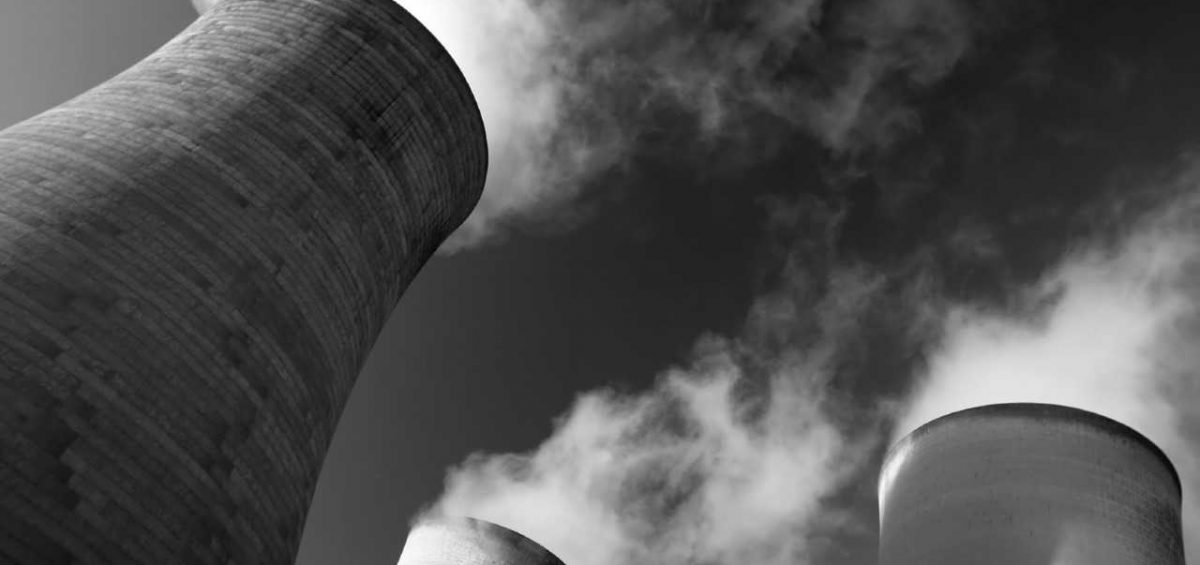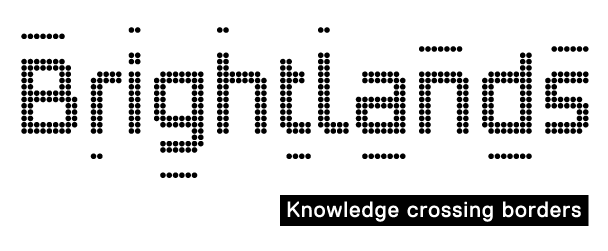A century ago, the DSM Director Van Iterson invented the cooling tower. Nowadays, you can find this innovation all over the world. This and other innovations are as many sources of inspiration for entrepreneurs who are now struggling to turn their idea into a successful product. Brightlands helps these pioneers in the realm of entrepreneurship.
The Brightlands campuses are aiming for growth and this can be realized in several ways:
- Growth of companies that are already located at the campus (autonomous growth)
- Relocation of (parts of) companies to the campus (acquisition)
- Development of initiatives that arise from companies at the campus (spin-offs)
- Creation of new businesses: from a bold idea to a legendary company.
It is a difficult venture in itself to successfully create a business, particularly when you’re active in materials, health, smart services, or healthy food – the sectors the Brightlands campuses are active in. These sectors have a relatively high entrance threshold. And when you start off alone as a candidate-entrepreneurs, it’s a hopeless task.
That’s why Brightlands started the Brightlands Innovation Factory (BIF) that is specialized in guiding starting entrepreneurs through the consecutive phases of setting up a company. The involvement of BIF doesn’t last just a few months; this can take several years. Creating a business is a long-term task.
Brightlands expects that BIF will contribute substantially to the growth of the campuses. After all, statistics show that compared to large companies, starting companies have a surprisingly large share in the growth of employment.
Phasing
The Brightlands Innovation Factory offers structure to starting entrepreneurs by guiding them through distinct phases:
- Incubate
- Accelerate
- Validate
- Scale.
In the Incubate phase, the starting entrepreneur has to prove that his idea actually provides a solution to a real problem. He or she also starts attracting like-minded people as co-founders.
In the Accelerate phase, the ideas that have survived the Incubate phase are elaborated into a solid business plan.
In the Validate phase, based on the business plan, three questions must be answered convincingly positive:
- Market validation: are potential customers seriously interested in the product?
- Pilot production: can the starting company actually manufacture the product?
- Rules and regulations: do production and management comply with all applicable legal requirements and industry standards?
In the Scale phase, the company enters the market. If successful, the company needs to scale up on all fronts: more staff, more production capacity, a larger organization. This places new demands on entrepreneurship; also in this phase BIF supports the entrepreneur.
Support
Via the Brightlands Innovation Factory entrepreneurs have access to a network of mentors and consultants, partly from companies and organizations located at the campus – experts who know what they’re talking about. Also the government supports the starting entrepreneur.
The consult concerns the following aspects of management.
- Acquisition of subsidies and grants
- Access to a network of investors
- Financing
- Various aspects of the Validate and Scale phases
- Marketing
- Research
- Business development.
In addition, the entrepreneurs have access to the facilities at the campuses:
- Office space
- Laboratories
- The 3D print center
- Pilot plants
- Medical imaging.
 The structured approach is also reflected in two specific programs that BIF offers to guide entrepreneurs:
The structured approach is also reflected in two specific programs that BIF offers to guide entrepreneurs:
- Brightlands Incubate for entrepreneurs who just started
- Brightlands Accelerate for entrepreneurs that already have a prototype.
Financial funding
The most powerful tool to help  starting businesses is financial funding. And via the Brightlands Innovation Factory this becomes available in various forms, such as:
starting businesses is financial funding. And via the Brightlands Innovation Factory this becomes available in various forms, such as:
- Friends, Family, Fools
- Angel Investors
- Crowdfunding.
Elevator pitch
An entrepreneurs in the Brightlands Innovation Factory needs to possess (or acquire) presenting skills. That’s important, because they need to sell themselves, their idea, company, and product (concept) to partners, financers, customers, new personnel, suppliers, etc. And they need to prove why they deserve to be in the Brightlands Innovation Factory, because the number of places is limited!
One of the types of presentations is the elevator pitch. The idea is that you must be able to tell what you’re into as an entrepreneurs in the time it takes an elevator to reach the highest floor of an apartment building.
Promising initiatives
I won’t present the elevator pitches of all the companies in the Brightlands Innovation Factory, instead I confine myself to mention the companies that are participating in the Accelerate program (these are Dutch companies, unless mentioned otherwise).
Rementis has invented a multifunctional display, which includes customized features that helps those who suffer from dementia by cognitive stimulation. It allows them to live at home longer.
Device Company has invented a portable laboratory, which helps to detect the composition of diverse substances, particularly illegals drugs, within a few seconds.
TopologX re-uses waste produced during the additive manufacturing processes, to create metal powder, which can be used for 3D printing.
Krasue has invented the Krasue Box, which helps people to keep their New Year’s resolutions. The things that distract you from achieving your goal are locked in the box. Only after you fulfill your self-set rule, you are rewarded with access to these things. Krasue is a German company.
Thanks to 3D bio printers, BioFab aims to provide everyone with the possibility to get a new organ, such as cartilage, tissues, esophagus, trachea, bladder, etc. – as long as these are not compound organs. BioFab is a Peruvian company.
Green Minerals uses carbon dioxide and the mineral olivine to be processed chemically into new products. Applications can be found in concrete, paper, and polymers.
Koepala develops innovative packaging solutions for food-to-go and offers ready-for-sales packaging solutions for the food and packaging industries, comfortable to use and sustainable. Koepala is a Finnish company.
YESS Lighting develops electro-luminescent pigments that can for example be used for road markings.
Cynteract develops a virtual reality solution where content is controlled with hand gestures. Part of this solution is a special glove, with small electro motors and sensors. This glove can be used for rehabilitation and for gaming. Cynteract is a German company.
 CeraCarbon combines the wear resistance of ceramics with the light weight of carbon fiber into a rigid, durable, ultra-strong, and light-weight material by applying a ceramic coating on carbon fiber. The first prototype is a tube for the front suspension of a motorbike.
CeraCarbon combines the wear resistance of ceramics with the light weight of carbon fiber into a rigid, durable, ultra-strong, and light-weight material by applying a ceramic coating on carbon fiber. The first prototype is a tube for the front suspension of a motorbike.
DoseVue develops a system, DoseWire, which supports the optimal use of radiation treatment by systematic and accurate dose monitoring. The system reduces the health risks associated with ionizing radiation on patients. DoseVue is a Belgian company.
Nestegg Biotech develops an automated, modular system for testing pharmaceuticals. In the system several tests can be performed simultaneously to determine precisely how cells react to certain drugs. Nestegg Biotech is an American company.
I wish the entrepreneurs in all these companies lots of success!
If you’re not an entrepreneur, please consider that you just read about a company that will sometime be widely known.



